Your Face Oil Soulmate Exists—Here's How to Choose the Best Formula

It's a common myth that those with acne-prone skin can't use face oil. In truth, some facial oils can benefit acne-prone skin, helping to calm irritation and fade the dreaded dark spots that arrive post-breakout. But that's not all. Facial oils can provide much-needed balance to oilier skin types by curbing extra oil production. Additionally, they quench dry skin and even balance a combination complexion. I shouldn't need to say more to convince you that adding face oil to your routine is good, but if you need more convincing, you'll want to keep reading. We've created a comprehensive list of each skin type's facial oil soulmate. Yes, it exists, and your skin will thank you. Scroll on and find out which one is yours.
Our Top Picks
- Best Overall: Furtuna Skin Biphase Moisturizing Oil ($225)
- Best for Acne-Prone Skin: Sunday Riley U.F.O. Ultra-Clarifying Face Oil ($80)
- Best for Combination Skin: Versed Sunday Morning Antioxidant Oil-Serum ($19)
- Best for Dry Skin: Paula's Choice Moisture Renewal Oil Booster ($37)
- Best Organic: Pai Rosehip BioRegenerate Universal Face Oil ($44)
- Best for Sensitive Skin: Biossance 100% Sugarcane Squalane Oil ($34)
- Best Drugstore: Burt's Bees Facial Oil ($11)
Best Overall: Furtuna Skin Biphase Moisturizing Oil
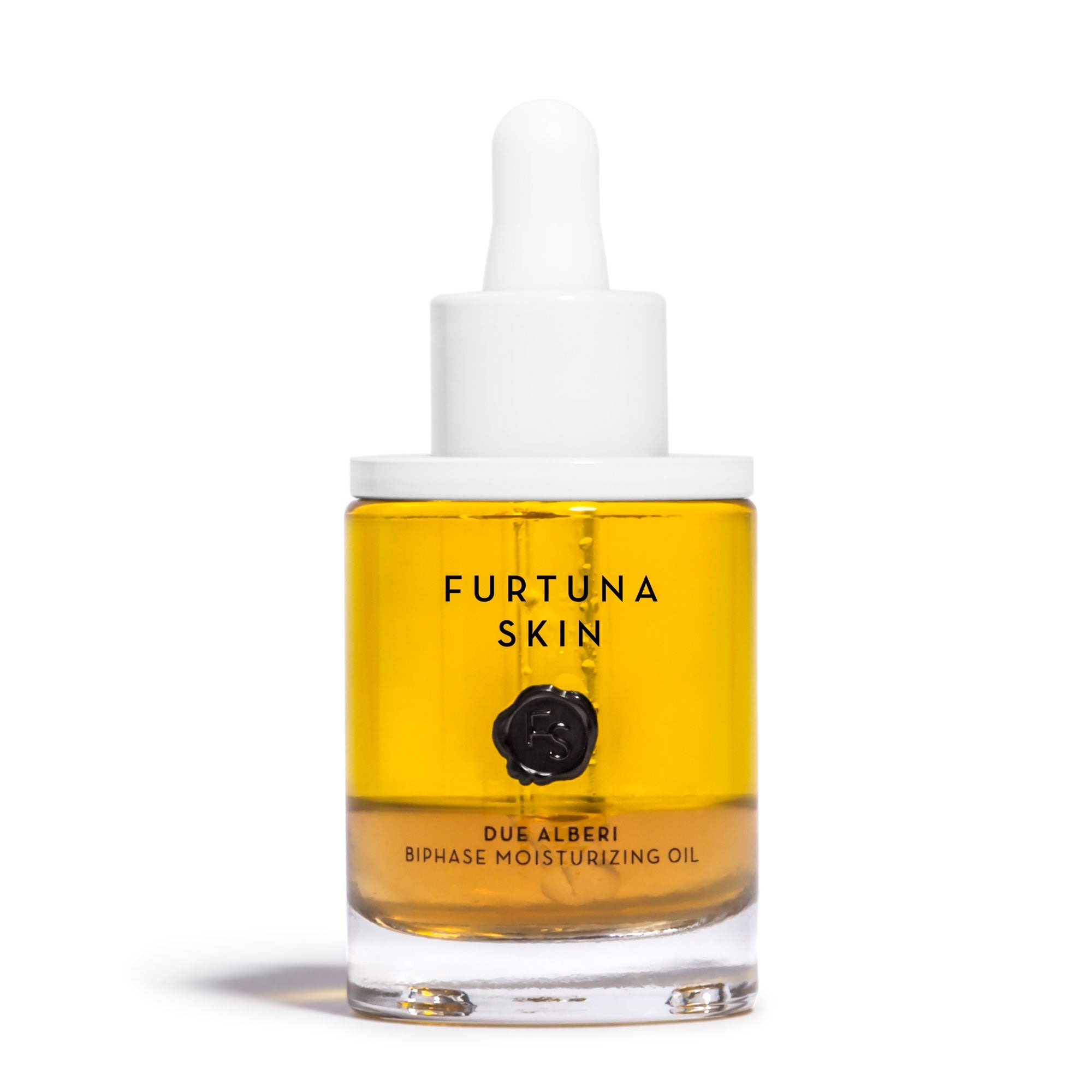
Pros: Repairs the moisture barrier and deeply hydrates dry skin, has a noncomedogenic formula with vitamin C to brighten
Cons: Expensive
Celebrity and organic skincare focused facialists agree—they love this ultra-hydrating and nourishing oil from Furtuna Skin. It may be pricey, but its unique formulation and incredible benefits make it worth the splurge, in my opinion. It contains a medley of gentle, moisturizing, noncomedogenic oils like squalane, magnolia, and olive oil, making it great for all skin types. It also contains lactobacillus ferment to support skin barrier function and vitamin C to kick-start collagen synthesis within your skin. It does it all. I use it myself, and it's been the most-used oil in my rotation for months.
Customer Review: "I am obsessed with this face oil! I use it morning and night, and it works perfectly with my morning Gua Sha ritual. It doesn't leave a greasy feeling or look, just very moisturized and natural. It works great under makeup. Love how my skin glows while using this product."
The Best Face Oils for Oily or Acne-Prone Skin
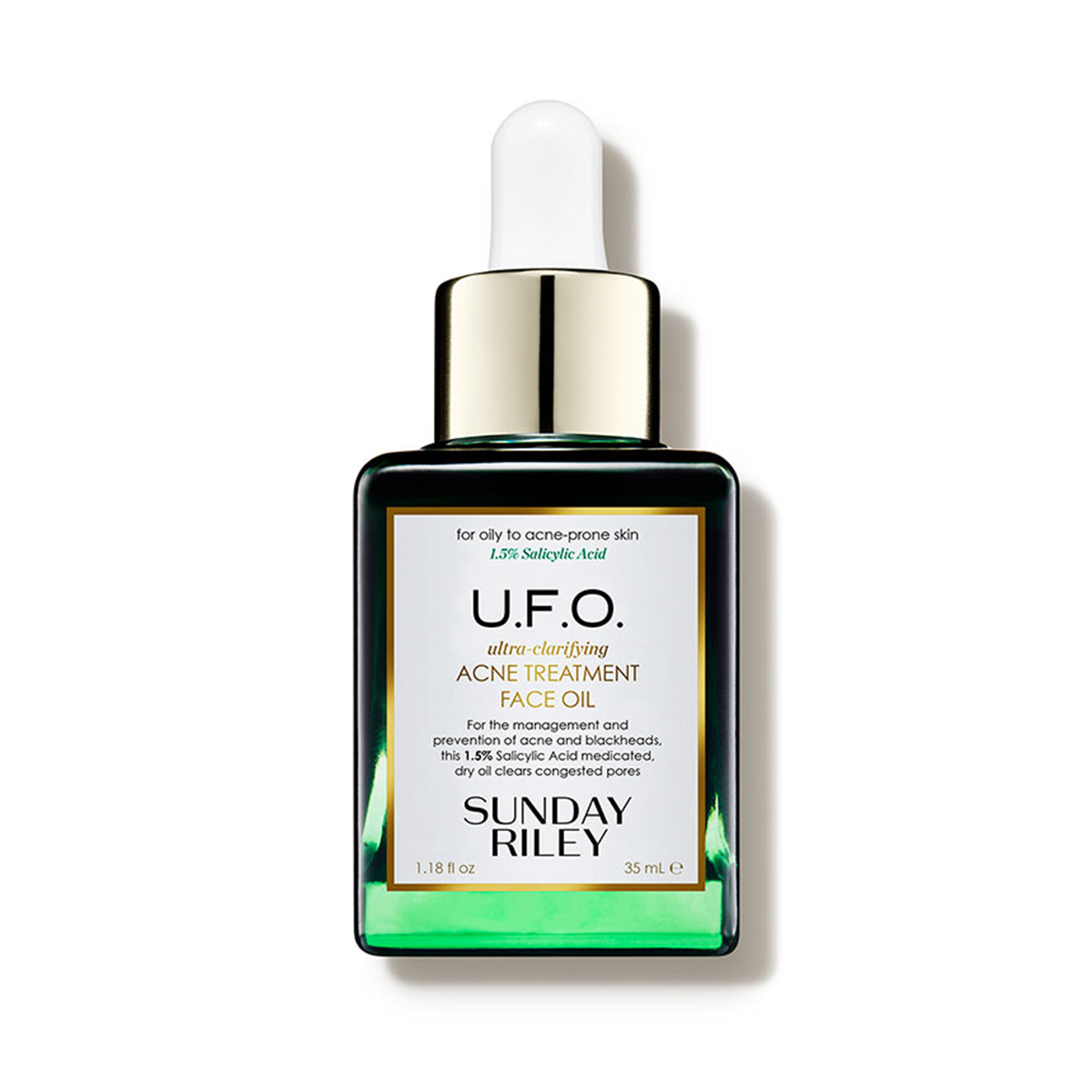
Pros: Helps clarify acne-prone skin, is noncomedogenic, tea tree oil and black cumin seed oil support clear skin
Cons: Expensive with a strong smell
Tea tree oil, salicylic acid, and black cumin seed oil work together to combat breakout-causing bacteria. Additional strategic ingredients like hexylresorcinol and licorice help gently brighten the skin to even out lingering scars or pigmentation.
Customer Review: "I've been repurchasing this face oil for years, so I figured it deserves a review. I typically use it at night before my moisturizer and have found it works great for preventing acne and not so much for getting rid of existing pimples. At first, the clean earthy smell can be a little overwhelming if you prefer light/unscented products, but I've grown to love the scent so much that I almost can't get enough of it when applying it. It also feels super hydrating and refreshing, which is amazing for my dry skin because some salicylic acid products can feel drying. It also works amazing under makeup. I definitely recommend giving it a try in the smaller size if you're feeling iffy!"
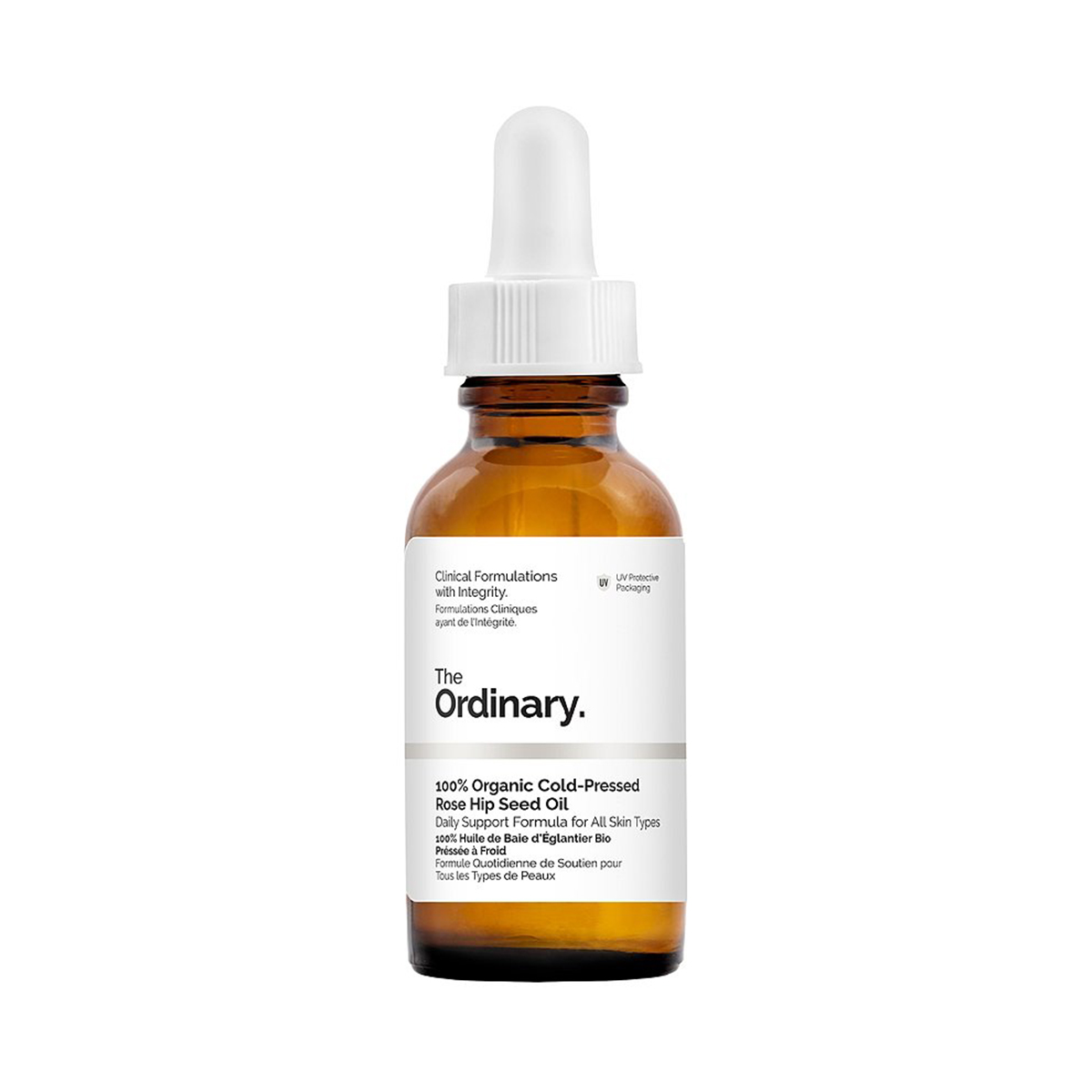
Pros: Budget-friendly, noncomedogenic, targets photoaging and dehydration
Cons: Strong smell
If you're looking for one of the best oils to help keep breakouts at bay, rose-hip oil gets the job done. This affordable version is one of The Ordinary's best sellers. It's organic and utilizes cold-pressed oils—a must.
Customer Review: "I love this oil. It feels really good on my skin! Since I started using this oil, I've seen a difference in how my skin looks. My skin is much more hydrated and soft after using the oil."
The Best Face Oils for Combination Skin
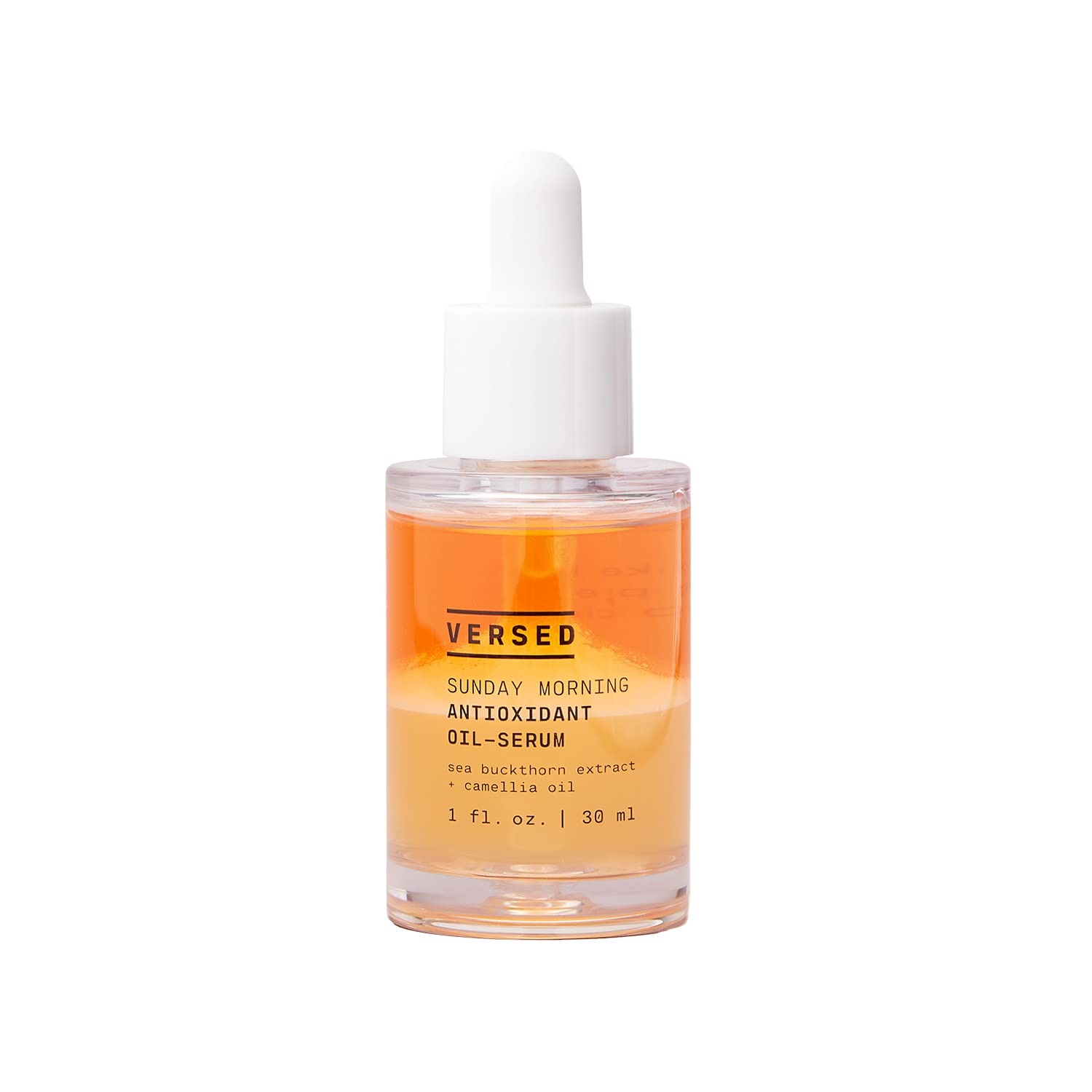
Pros: Serum-oil hybrid, antioxidants protect from environmental damage, strengthens the skin's protective barrier, deeply hydrates
Cons: Use sparingly or your skin could teeter on oily
This antioxidant serum and facial oil hybrid from Versed contains ingredients like camellia oil and sea buckthorn extract to reduce redness and strengthen the skin's barrier. It's great for those who tend to get both oily and dry because skin-nourishing ingredients like vitamin E and sodium hyaluronate provide extra hydration to the skin without leaving it greasy.
Customer Review: "Product is wonderful for sensitive, combination skin. It can be layered on top of moisturizer and does not appear greasy at all, not even on your hand. [It has a] really lovely feeling after application."
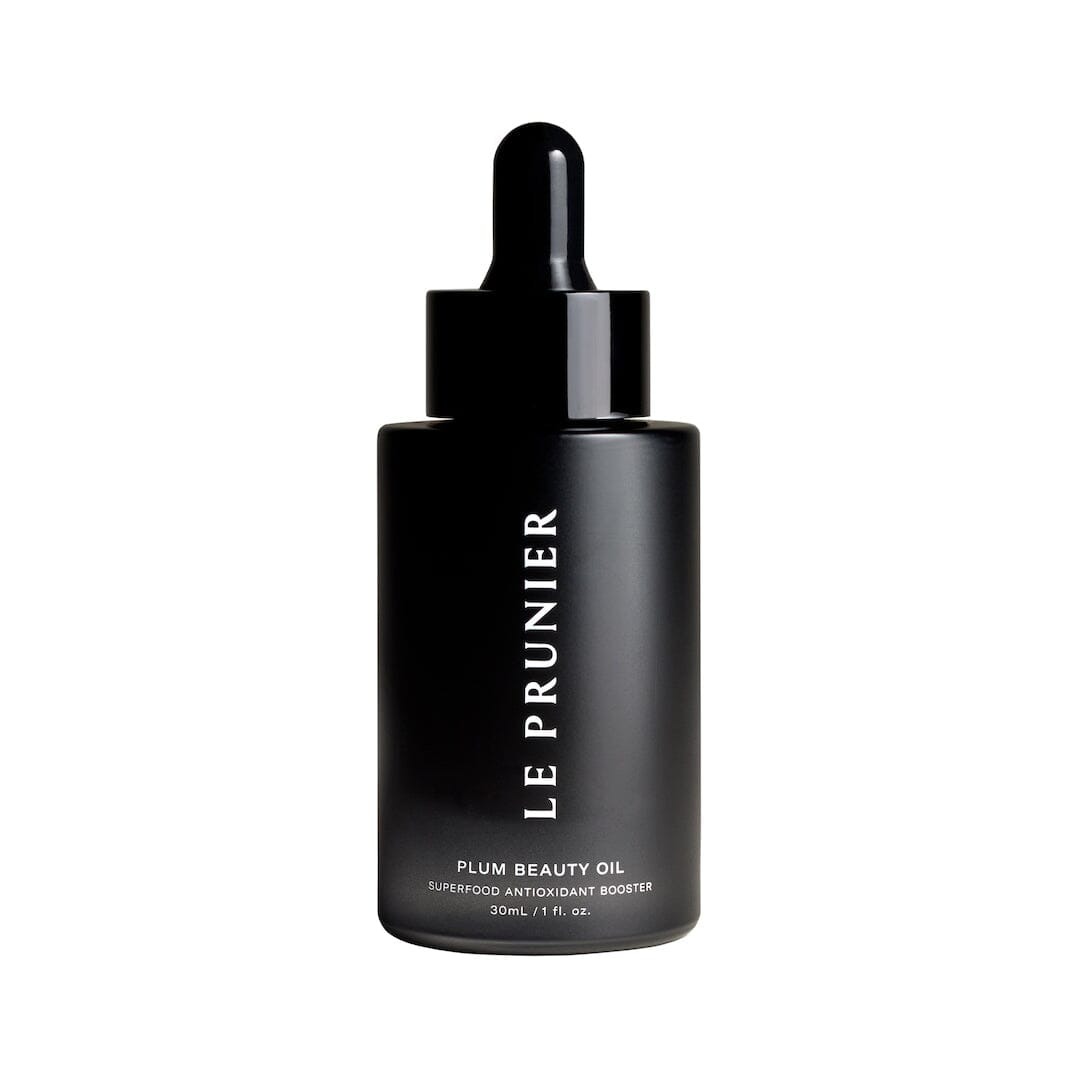
Pros: Helps balance, restore, and refresh congested, combination, and sensitive skin; feels weightless; and contains polyphenols, omega fatty acids, and antioxidants to seal in moisture and protect against environmental damage
Cons: Expensive
Le Prunier's plum oil does it all—hydrates, protects, balances, and soothes. It's so healing and hydrating for the skin but is also safe for sensitive skin since it contains only pure plum oil. If you tend to get oily in certain areas and dry in others, this will also help balance hydration and sebum production so your skin will keep its equilibrium. Right now, this is one of the most-used face oils in my rotation. It's one of my all-time favorites because it's so hydrating and brightening but never makes me feel oily or greasy. It also helps fade dark spots for me and never breaks me out.
"Le Prunier’s organic cold-pressed plum oil is a go-to for all skin types, as it has a balanced blend of fatty acids; has high antioxidant activity, making it both protective and brightening; promotes cell turnover for smoother texture; and is nourishing while being lightweight. " — Katie Sobelman, aesthetician
Customer Review: "I'm on my second bottle. This oil is light, absorbs well, smells delightful, improves clarity, and leaves my skin feeling smooth."
The Best Face Oils for Dry Skin

Pros: Rich in antioxidants to defend skin against free radicals, contains ceramides to repair the skin's moisture barrier and soothe dry skin, argan oil deeply hydrates, fragrance-free
Cons: Might not be hydrating enough to use alone
This Paula's Choice oil is rich in ceramides, argan oil, and antioxidants to soothe and comfort dry skin.
Customer Review: "This is one of my favorite oils! It is packed full of great ingredients for your skin and is cheaper than the oil I previously bought from Sephora. I mix it with my moisturizer in the morning and at night before bed, and I have definitely noticed a difference, especially in the dry winter months. It doesn't make my face feel as greasy as some of the other oils I have tried previously, and it doesn't have that sticky feeling."
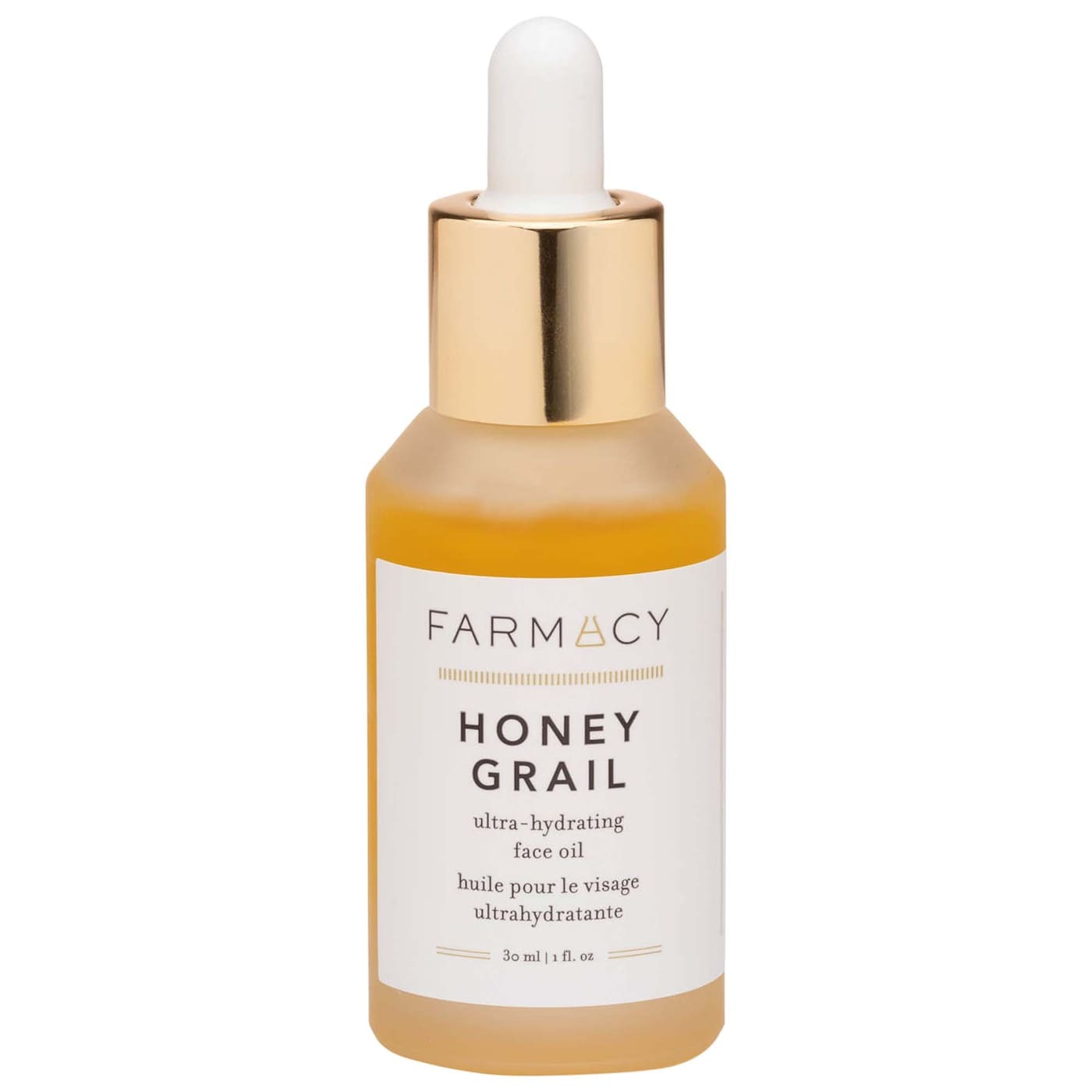
Pros: Honey provides long-lasting hydration, sea buckthorn oil curbs environmental damage, five-flower oil blend reinforces the skin's moisture barrier
Cons: A bit heavier than other options on this list
I'm a big fan of Farmacy products, and this facial oil works wonders for dry skin. The formula is rich in omega fatty acids, flower oils, and honey to lock hydration deep within the skin.
Customer Review: "Seriously saved my skin after Accutane. I wish I would've known about it before I went on it."
The Best Organic Face Oils
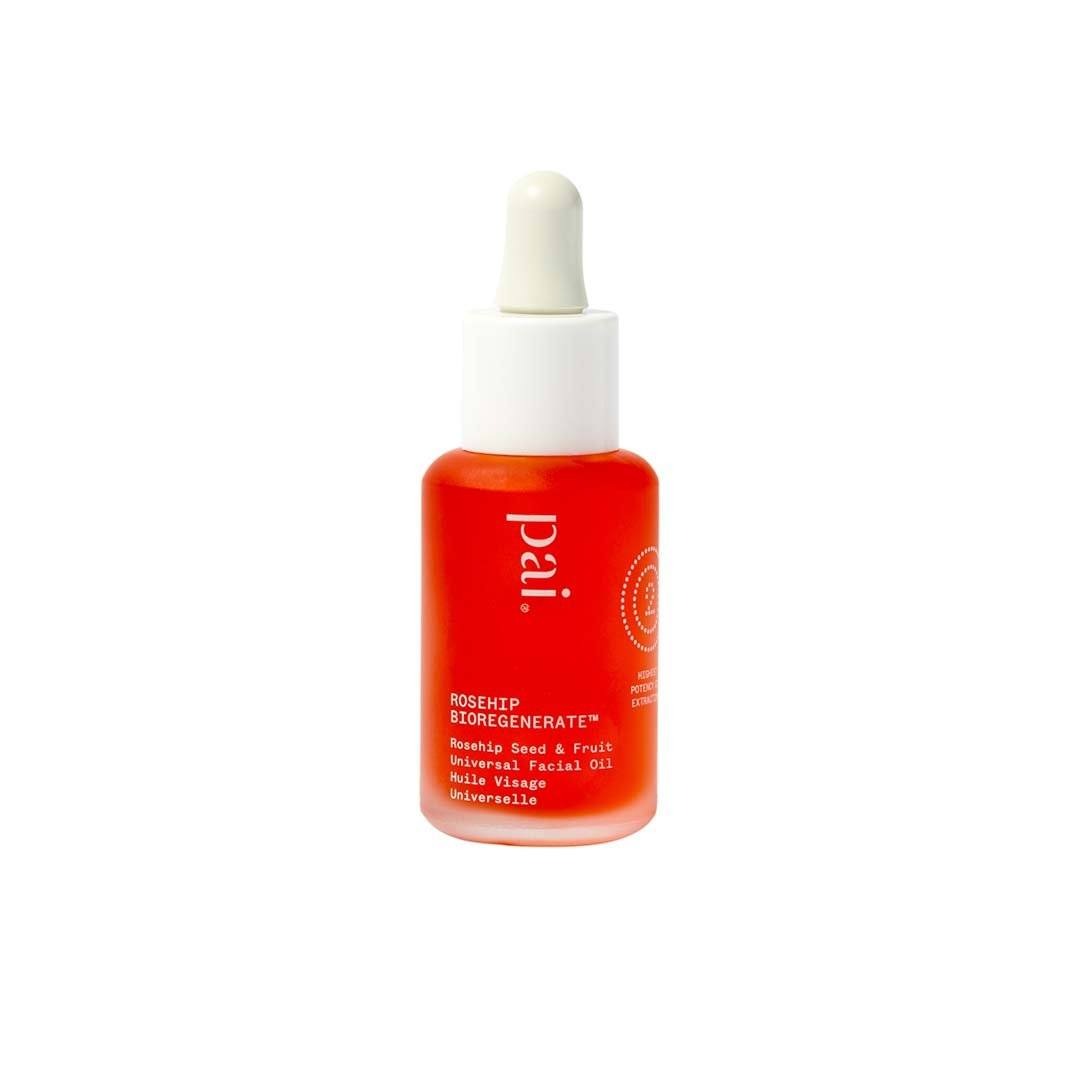
Pros: Boosts firmness and skin elasticity, packed with omega fatty acids, conditions and rejuvenates the skin, great for sensitive skin
Cons: Texture is thicker than other oils
Pai's rose-hip oil is a great option for sensitive skin, as it contains just the oil and extract of rose hip along with vitamin E. Although it's light on ingredients, it still does the most by delivering vital nutrients to the skin, like omega fatty acids. It deeply conditions the skin, promotes a clearer complexion, boosts firmness and elasticity, and evens skin tone.
Customer Review: "Love that the ingredients are clean and organic. Applied under my moisturizer, [it] holds moisture longer than when not used with my moisturizer."
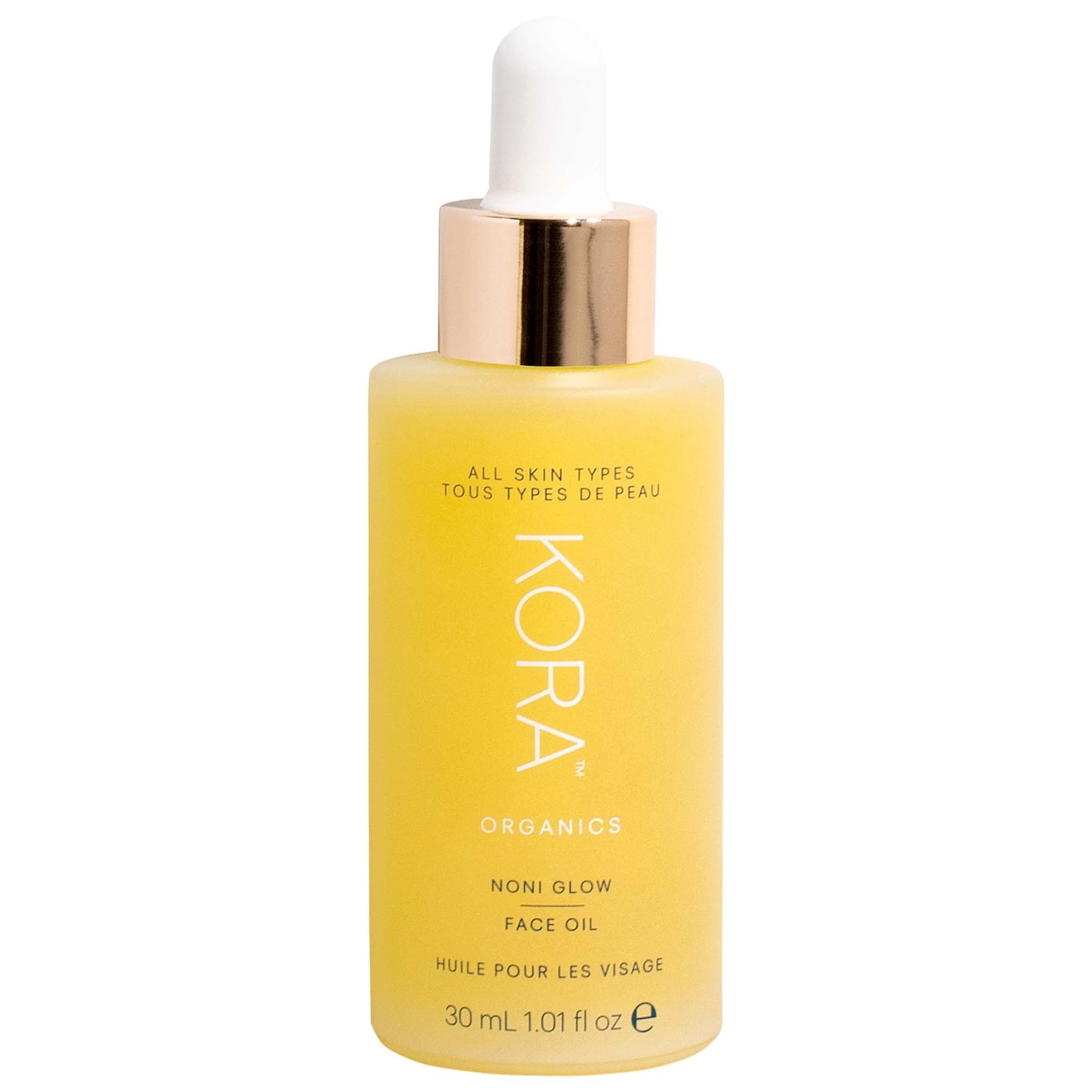
Pros: Contains noni fruit packed with over 100 vitamins and minerals, rose-hip oil soothes skin
Cons: Lighter oil may not provide enough hydration for extra dry skin types
Kora Organics offers this organic oil packed with antioxidant-rich noni fruit and 100 vitamins and minerals. It also contains rose-hip oil to soothe sensitive skin and sea buckthorn oil, which is rich in vitamins C and E and omega fatty acids.
Customer Review: "This is a holy grail skin product for sure—I've been using this for about two months now, and it has literally changed the texture and tone of my complexion entirely. I apply it at night after the Sephora brand hyaluronic acid serum/moisturizer and wake up literally glowing! Compared to other face oils I've tried, it's a lot less oily and much lighter —so if you're looking for a heavy-duty oil, this isn't it. If you want an oil that can be used daily and soaks in overnight, this is it!!"
The Best Face Oils for Sensitive Skin
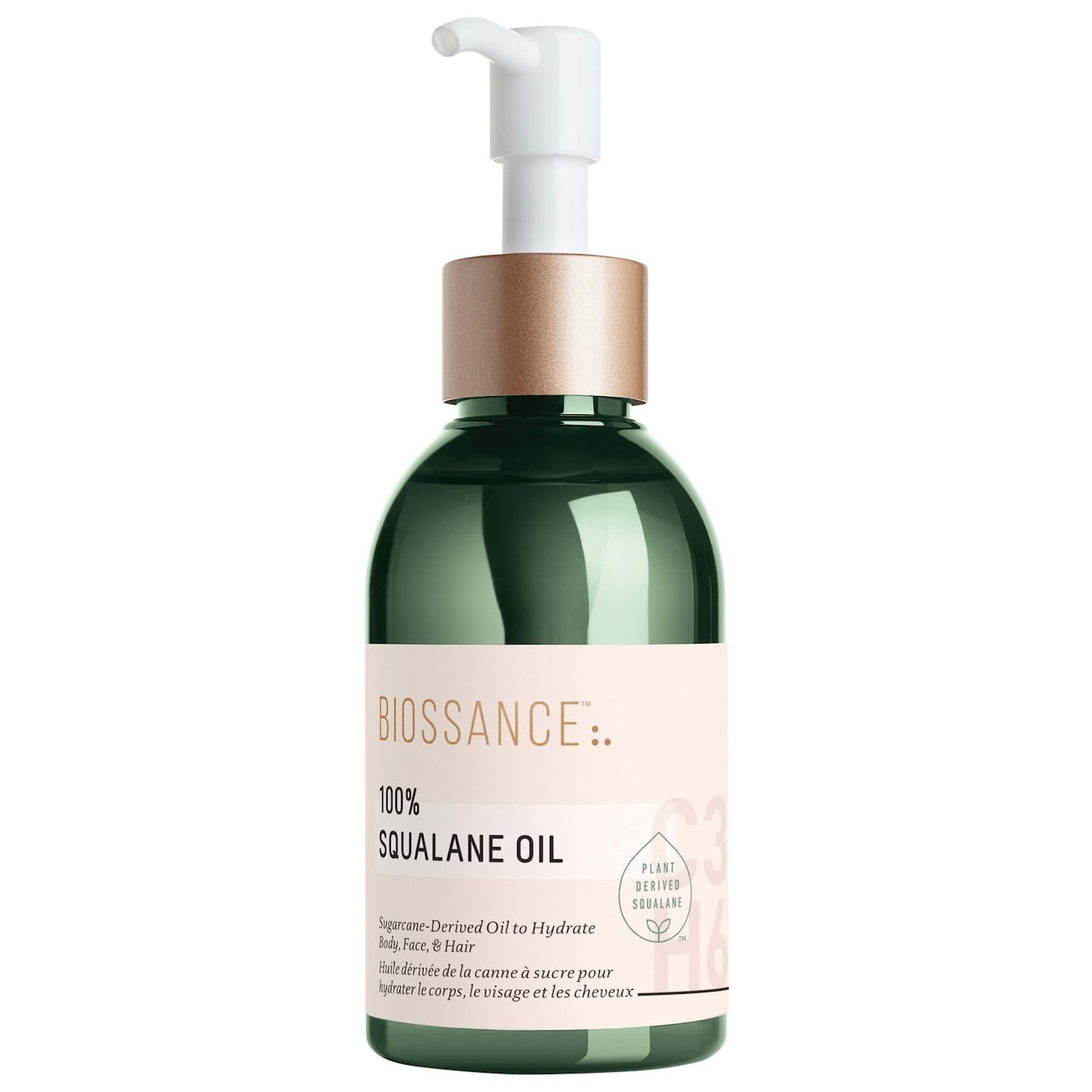
Pros: Noncomedogenic, lightweight, repairs a damaged skin barrier, reduces redness, helps skin maintain hydration
Cons: Could be too light for dry skin
As someone with very sensitive skin, I've found it's best to opt for face oils that are noncomedogenic or one-ingredient oils like squalane, rose hip, rose oil, and so on. This squalane oil from Biossance is a great option because it's totally weightless, helps repair a damaged skin barrier, reduces redness, and helps skin maintain its overall hydration levels.
Customer Review: "Amazing product! [It] hydrates and isn't greasy once it soaks in! Love!"
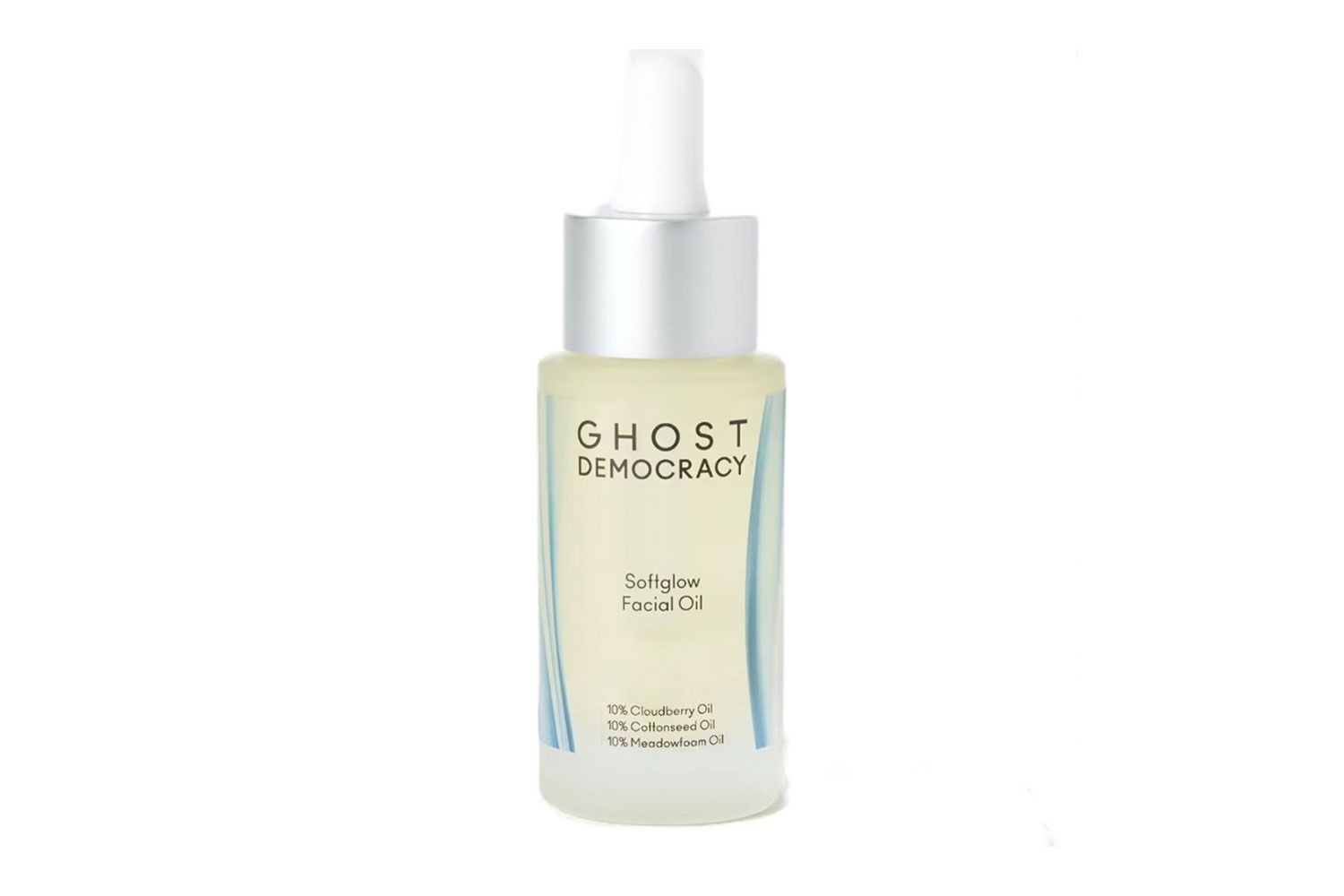
Pros: Rich in antioxidants to protect against environmental damage, omega fatty acids moisturize the skin and calm inflammation
Cons: Could be too light for super-dry skin
The star ingredients in this light yet hydrating organic oil are cloudberries, cottonseed, and meadowfoam oil. Each is rich in protective antioxidants, vitamins, and omega fatty acids that moisturize the skin and calm inflammation, making it great for sensitive or acne-prone skin.
Customer Review: "Very lightweight, scentless oil that doesn't irritate my face. I've got rosacea, and [it] makes me feel moisturized all day."
The Best Drugstore Face Oils
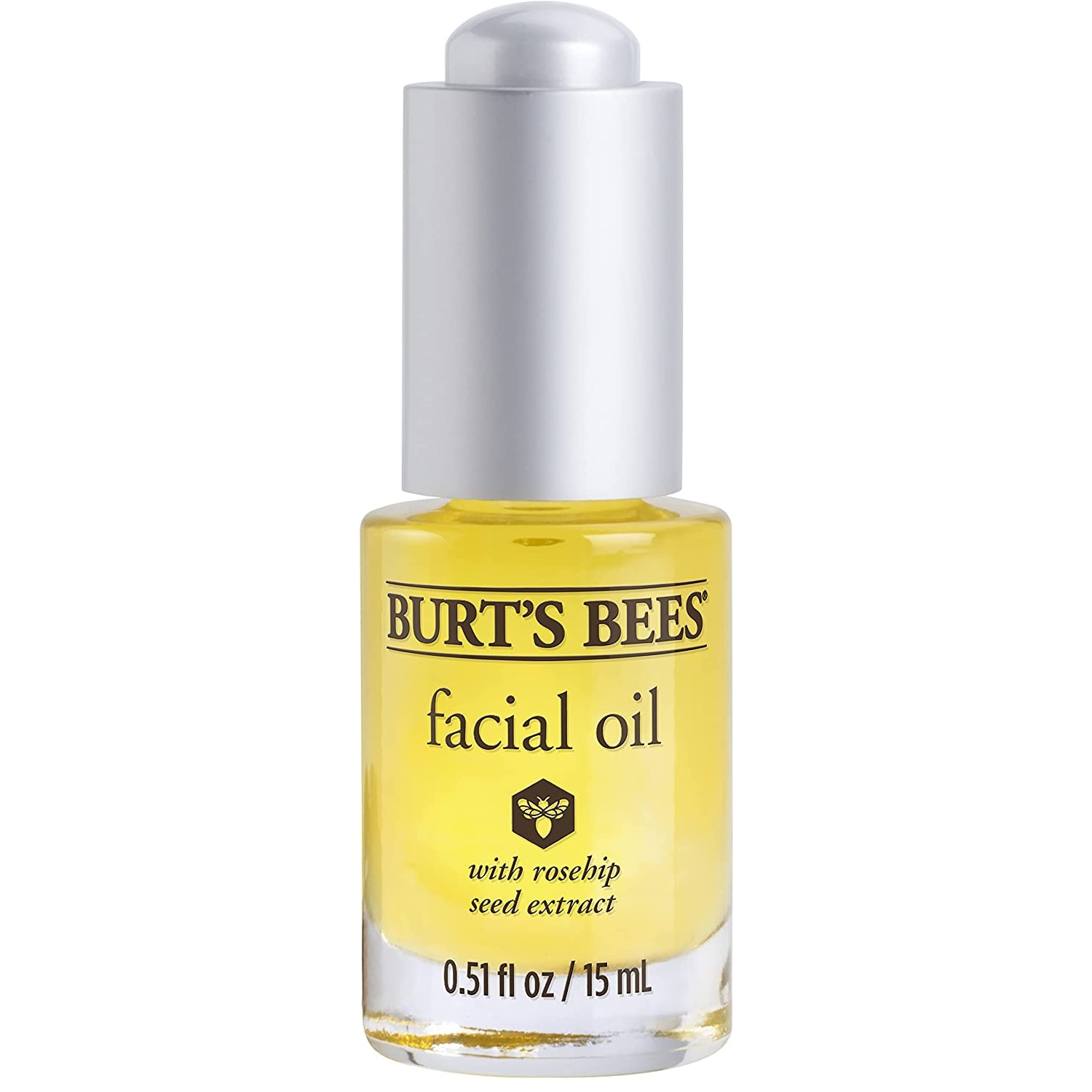
Pros: Contains essential fatty acids, vitamins, and antioxidants to nourish skin while brightening dull skin and reducing the appearance of fine lines and wrinkles
Cons: The bottle is really small.
If you're a fan of Burt's Bees lip balms, you'll love the brand's nourishing facial oil. It contains a blend of rose-hip, jojoba, and evening-primrose oil to provide long-lasting hydration.
Customer Review: "I've been using this for months now [under my] moisturizer. ( I use Skin Food) I can really see a huge difference, I'm over 40, and it has plumped my skin, hydrated me, and had an effect on my face and neck. I've wasted my money in the past on so much stuff and been ripped [off], but I'll never use anything ever again. Burt's Bees has actually changed my skin for the better. You need to stick with it to see a difference."
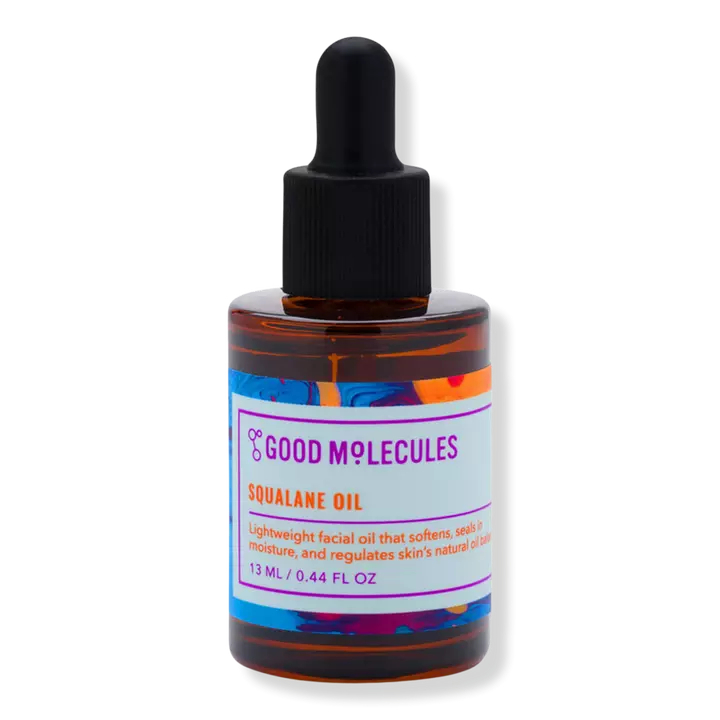
Pros: Good for sensitive skin, well-tolerated by most skin types, seals in hydration, helps repair a damaged moisture barrier, budget-friendly
Cons: May not be hydrating enough for extra dry skin
Squalane oil helps increase hydration levels in the skin, can help repair a damaged moisture barrier, and even has anti-inflammatory properties. Good Molecules offers a great $8 formula that contains 100% pure squalane oil
Customer Review: "Super oil is more like it! You only need a few drops to seal in your other products. I use this [twice] per day as my last step. I do not use another moisturizer, but I do not have dry skin. I love this product! My foundation glides on my face and I no longer use primer."
FAQs
What should you look for in a face oil?
Master organic aesthetician Katie Sobelman says there are a few things to keep in mind when choosing the right face oil for your skin.
She says, "First, is the comedogenic rating. This is a scale from zero to five rating how pore-clogging a plant oil is—zero being the least pore clogging and five being the most pore clogging. Ideally, most skin types benefit from oils with a rating of two or lower. Plant oils are made up of fatty acids, essential or otherwise. Having a general understanding of a few of these fatty acids, such as essential fatty acids three, six, and nine (this is often considered nonessential because the body produces it, but it can only be produced if there is enough of three and six) can be helpful in choosing the perfect facial oil for your skin type and needs.
"I have an in-depth blog post on the subject, but the gist is this: Oils rich in omega-three (alpha linoleic acid) lessen photodamage, promote anti-aging and anti-inflammatory responses in the skin, and have been found in low concentrations in acne-prone skin. Oils rich in omega-six (linoleic acid) support the structural integrity and barrier function of the skin, help unclog pores, and are great for soothing inflammatory skin conditions like eczema. Oils rich in omega-nine (oleic acid) have anti-inflammatory and skin-softening benefits while also protecting cells from free radicals and have a richer feel ideal for drier skin types. It's worth mentioning that fatty acids like palmitic and steric acids, found in baobab oil, macadamia oil, shea butter, and coconut oils respectively, have the highest comedogenic ratings due to their occlusive properties. Ultimately, all skin types (even oily and acne-prone) can benefit from facial oils as long as you find oils with the right fatty acids for your skin's needs."
What step in your skincare routine should you use a face oil?
Sobelman says there's more than one way you can apply face oil. "There are a few different camps when it comes to oil application, either before or after applying a moisturizer," she explains. "I think there's a place for both. Ideally, I recommend applying a few drops of oil over your favorite serums prior to applying a moisturizer. This way, the lipids from your facial oil penetrate into the upper layers of the skin, and the ceramides from your moisturizer lock in those lipids, creating a protective barrier. In the evening, if you're feeling the need for even more moisture, you can apply a few additional drops of oil over your moisturizer to enhance this protective layer. This can also be a great step for a balm, such as Luzern's Emulsion 6 or Anfisa's An-Balm. (Think of it as a clean slug.)"
Are there any skin types that should avoid face oil?
Sobelman says all skin types can benefit from using a face oil. "All skin types, even oily and acne-prone, benefit from facial oils as long as you find oils with the right fatty acids for your skin's needs. When it comes to most things in the human body, like treats like. Therefore, applying oil to oily skin is actually the best treatment, as it tricks the skin into thinking it has enough oil and begins to back off its natural oil production."
This article was originally published at an earlier date and has since been updated.
Shawna Hudson is a beauty, wellness, lifestyle, and travel writer with over 10 years of experience. She graduated from California State University, Fullerton, with a degree in journalism and has written for other publications such as Bustle, The Zoe Report, Byrdie, Elite Daily, and more. She is currently a beauty writer atBest Knockoff Luxury Clothing and hopes to continue feeding her (completely out-of-control) beauty obsession as long as she can. Stay up to date on her latest finds on Instagram @shawnasimonee.